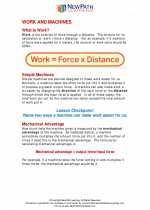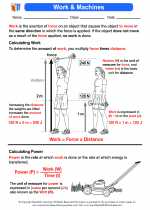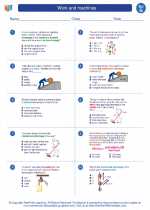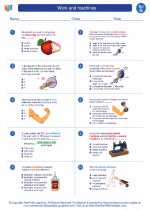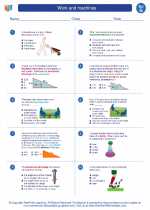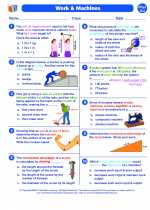Cardiovascular Physiology
Cardiovascular physiology is the study of the functions and mechanisms of the cardiovascular system, which includes the heart and blood vessels. Understanding cardiovascular physiology is crucial for understanding how the body circulates blood, delivers oxygen and nutrients to tissues, and removes waste products.
Key Concepts in Cardiovascular Physiology
- Heart Function: The heart is a muscular organ that pumps blood throughout the body. It consists of four chambers: the left and right atria, and the left and right ventricles. The atria receive blood, while the ventricles pump blood out of the heart.
- Blood Vessels: Arteries carry oxygenated blood away from the heart, while veins carry deoxygenated blood back to the heart. Capillaries are tiny blood vessels where the exchange of gases, nutrients, and waste products occurs.
- Blood Pressure: Blood pressure is the force exerted by circulating blood against the walls of the blood vessels. It is essential for maintaining blood flow to the body's tissues.
- Cardiac Cycle: The cardiac cycle is the sequence of events that occur during one heartbeat, including systole (contraction) and diastole (relaxation) of the heart chambers.
- Regulation of Cardiovascular Function: The cardiovascular system is regulated by various mechanisms, including neural, hormonal, and local factors that control heart rate, blood vessel diameter, and blood volume.
Study Tips for Cardiovascular Physiology
- Review the anatomy of the heart and blood vessels to understand their structure and function.
- Understand the electrical conduction system of the heart, including the role of the SA node, AV node, and Purkinje fibers in coordinating heartbeats.
- Learn about the cardiac cycle and how blood moves through the heart during each phase.
- Study the factors that influence blood pressure, including cardiac output, blood volume, and peripheral resistance.
- Explore the regulation of cardiovascular function by the autonomic nervous system, hormones such as adrenaline and noradrenaline, and local factors like nitric oxide.
Practice Questions
- What are the four chambers of the heart, and what are their main functions?
- Explain the differences between arteries, veins, and capillaries in terms of their structure and function.
- Describe the events of the cardiac cycle, including systole and diastole.
- How is blood pressure regulated in the body, and what factors can influence it?
- Discuss the role of the autonomic nervous system in controlling heart rate and blood vessel diameter.
